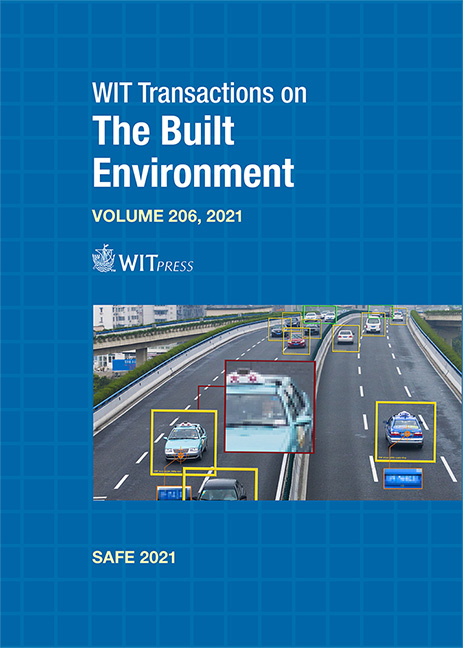3-D PRINTED PALM ADAPTORS FOR HAND–ARM VIBRATION MEASURES: TRANSMISSIBILITY PROPERTIES AND MISALIGNMENT REDUCTION WHEN USED WITH GLOVES
Price
Free (open access)
Transaction
Volume
206
Pages
12
Page Range
163 - 174
Published
2022
Paper DOI
10.2495/SAFE210141
Copyright
Author(s)
ANDREA ANTONUCCI, GIANLUCA COLTRINARI, PIETRO NATALETTI, RAOUL DI GIOVANNI, DARIO LIPPIELLO
Abstract
The estimation of the transmissibility of antivibration gloves requires the use of handheld adaptors for holding the accelerometer and assure that it is correctly positioned at the palm level of the hand. The marketplace proposes only few adaptors, specially made for hand–arm vibration measures, so researchers often had to make their proper homemade adaptors to performing their experiments on the gloves’ transmissibility. A way to easily build hard-plastic adaptors is given by the possibility to use 3D printers, but in the literature, there is a lack of information about their properties. This paper investigates the properties of 3-D printed adaptors, confronting different materials among the most used (PLA, ABS, and Nylon), and evaluates possible changes of their performance at different infill densities. Results show that 3-D printed adaptors can be a valid alternative to those present on the market. At middle–low frequencies (10 Hz–400 Hz) their transmissibility values are inside the range ± 0.05. No significant differences were found between the transmissibility of those printed at 50% or 100% of infill, especially when the acceleration is Wh weighted. It has been also experimented a simple solution that aims to reduce possible misalignments of the adaptor when inserted inside the glove. Two external landmarks were designed in order to have a visual check of the position of the adaptor. The first, coming out from the glove through a little slit, was made for checking about the rotation on the Y–Z plane, while the second, parallel to the wrist, was made for checking rotation on the X–Z plane. The statistical analysis, among 30 measures performed by three operators holding the instrumented handle of a mono-axial shaker, supports the idea that the first landmark can help to achieve a better alignment of the adaptor, limiting its rotation along the Y–Z plane. Lesser evidence resulted on the reduction of the misalignment on the X–Z plane, due to the use of the second landmark. A possible reason is the small thickness of the ordinary leather glove used in the tests, which produces too little misalignments angles for being checked by the adaptor’s landmark. Some further tests can be carried out using anti-vibration gloves, generally made of thicker and softer materials.
Keywords
antivibration gloves, hand–arm vibration, vibration transmissibility, handheld adaptors, 3D printers, PLA





